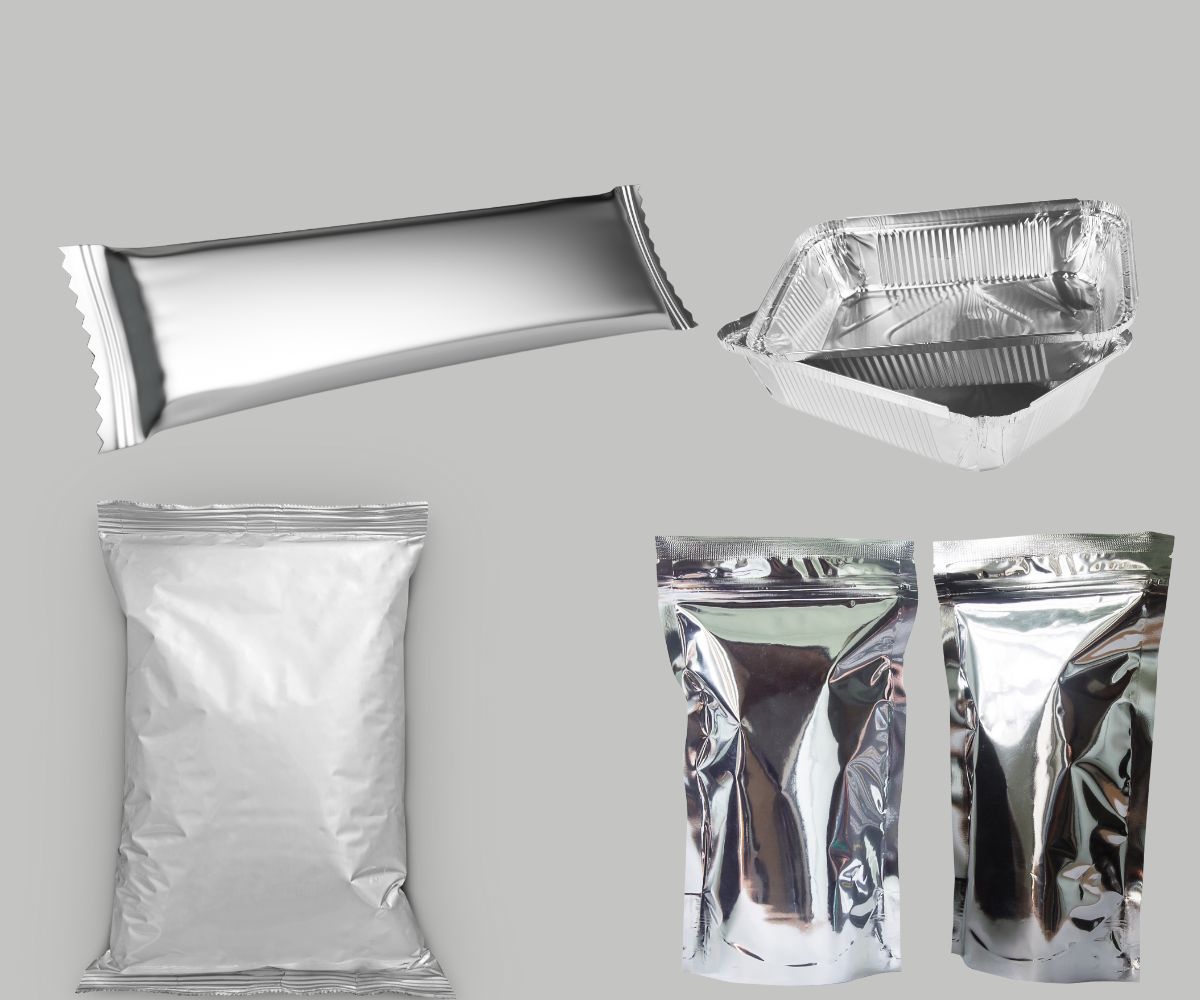Sustainable Packaging Solutions: Advantage of Aluminium Over Plastics
Admin
2025-03-28
Packaging is getting revolutionised with sustainability no longer being a fad but an economic imperative in a time when the world needs greener alternatives to conventional materials, and especially single-use plastics. Among all the replacements for sustainable packaging solutions, aluminium is one of the best options.
With its unique combination of recyclability, durability, and energy efficiency, aluminium is poised to dominate the sustainable packaging landscape in 2024 and beyond. This blog explores why aluminium holds a significant edge over plastics, backed by the latest data and trends.
The Plastic Problem: A Growing Crisis
Contamination through plastic has become an epidemic, as more than 400 million tonnes of plastic waste are produced annually worldwide, according to the United Nations Environment Programme (UNEP) estimates. Just 9% of all plastic that has ever been made is recycled, and the remaining amount is channelled to landfills, oceans, and the environment, where it would take hundreds of years to degrade. Experts forecast that 11 billion tonnes of plastic waste will have settled across the world by 2025, further accelerating environmental and health crises.
Governments are responding with strict regulations. The European Union's Single Use Plastics Directive, for example, prohibits specific plastic products and requires recycled content in packaging. Countries such as Canada and India are also rolling out nationwide bans on single-use plastics. These are compelling businesses to find alternatives, and aluminium is leading the way.
Aluminium: The Sustainable Superstar
Aluminium has a strong argument for sustainable packaging due to its distinct advantages:
1. Infinite recyclability: While plastic weakens in quality after every recycling process, aluminium can be recycled indefinitely without shape loss. According to the International Aluminium Institute (IAI), it's estimated that 75% of all the aluminium ever produced is still available for use today. Recycling aluminium saves 95% of the energy that has been used in making new aluminium, hence making it one of the most energy-efficient materials on earth.
2. Light But Durable: Aluminium is light but very strong and, therefore, suitable for packaging. It offers a great light barrier, oxygen barrier, and water barrier and, thus, extends the shelf life of the product. Its durability results in less wastage of food, a highest priority given that one-third of all food grown in the world is lost, a fact quoted by the Food and Agriculture Organization (FAO).
3. Carbon Footprint Reduction: The aluminium industry has made significant strides in reducing its carbon footprint. The global average carbon footprint of primary aluminium production has decreased by 49% since 1990, and further reductions are expected as renewable energy adoption grows. By 2025, the industry aims to achieve a 50% reduction in emissions compared to 2018 levels, as outlined in the IAI’s Aluminium Sector Greenhouse Gas Pathways to 2050 report.

Aluminium vs. Plastics: Statistics Don't Lie
Let's look at some eye-opening facts that leave aluminium far ahead of plastics:
Recycling Rates: The IAI says that while a mere 9% of plastic is recycled, aluminium has a worldwide recycling rate of 76% for cans used to hold beverages. In Europe alone, it's a whopping 85%, ranking aluminium at the top of the list of the world's most highly recycled materials.
Energy Conservation: Recycling aluminium conserves 95% of the energy required to manufacture new aluminium compared to only 10% for recycled plastics. This brings aluminium very close to being an eco-friendly option in terms of energy conservation.
Market Growth: The worldwide aluminium packaging market is expected to grow at a compound annual growth rate (CAGR) of 5.8% from 2024-2030 based on rising demand for eco-friendly packaging solutions. On the other hand, the plastic packaging market is expected to grow at 3.2%, according to a 2024 report published by Grand View Research.
Consumer Decision: According to a McKinsey & Company survey in 2024, 72% of consumers agree to pay that extra premium when buying products covered in sustainable packaging material, amongst which aluminium remains a favourite industry choice because it has an ecological image.
Developments in the Aluminium Packaging Market
The aluminium industry is far from complacency. Innovations are leading towards the use of the material in different industries:
1. Flexible Packaging: Aluminium foil is employed in flexible packaging products, i.e., pouches and wraps, which are lightweight in nature and have lower transportation emissions. These packs are in great demand in the food and beverages sector, where they enhance product shelf life.
2. Smart Packaging: Aluminium cans and containers are being equipped with smart technologies like QR codes and NFC tags to facilitate greater consumer interaction and communication on recycling.
3. Circular Economy Projects: Companies like Ball Corporation and Novelis are at the forefront of establishing closed-loop aluminium packaging systems. For example, Ball Corporation's "Aluminium Stewardship Initiative" targets 100% recyclable and reusable packaging by 2025.
The Road Ahead: 2024 and Beyond
In the coming years, the aluminium packaging market is poised for strong growth. The aluminium packaging market will be $80 billion in 2025, driven by food, beverage, and pharmaceutical industry demand. The sustainability of the industry and technology developments will solidify aluminium as the material of choice for sustainable companies and consumers.
As we step into a greener future, the decision is simple: aluminium offers a scalable, accessible, and sustainable alternative to plastics. Embracing aluminium packaging not only allows companies to limit their contribution to the world, but also respond to the increasing demand for sustainable solutions.
The packaging conflict between plastics and aluminium isn't merely about materials; it's about the planet's future. With its unparalleled recyclability, energy efficiency, and durability, aluminium is leading the fight to deliver us a greener packaging in the future. With the needs of 2024 and beyond, plastics' inferiority to aluminium will be accentuated even further, and the way will be paved for aluminium to become the material of choice for a greener tomorrow.
Categories
Raw Materials
Scrap
Consumables
Primary Aluminium
Secondary Aluminium
Equipment
Technology
Downstream Products
Finished Products
Utilities
Services
Others
Recent Blogs
Subscribe to newsletter
Connect with us











